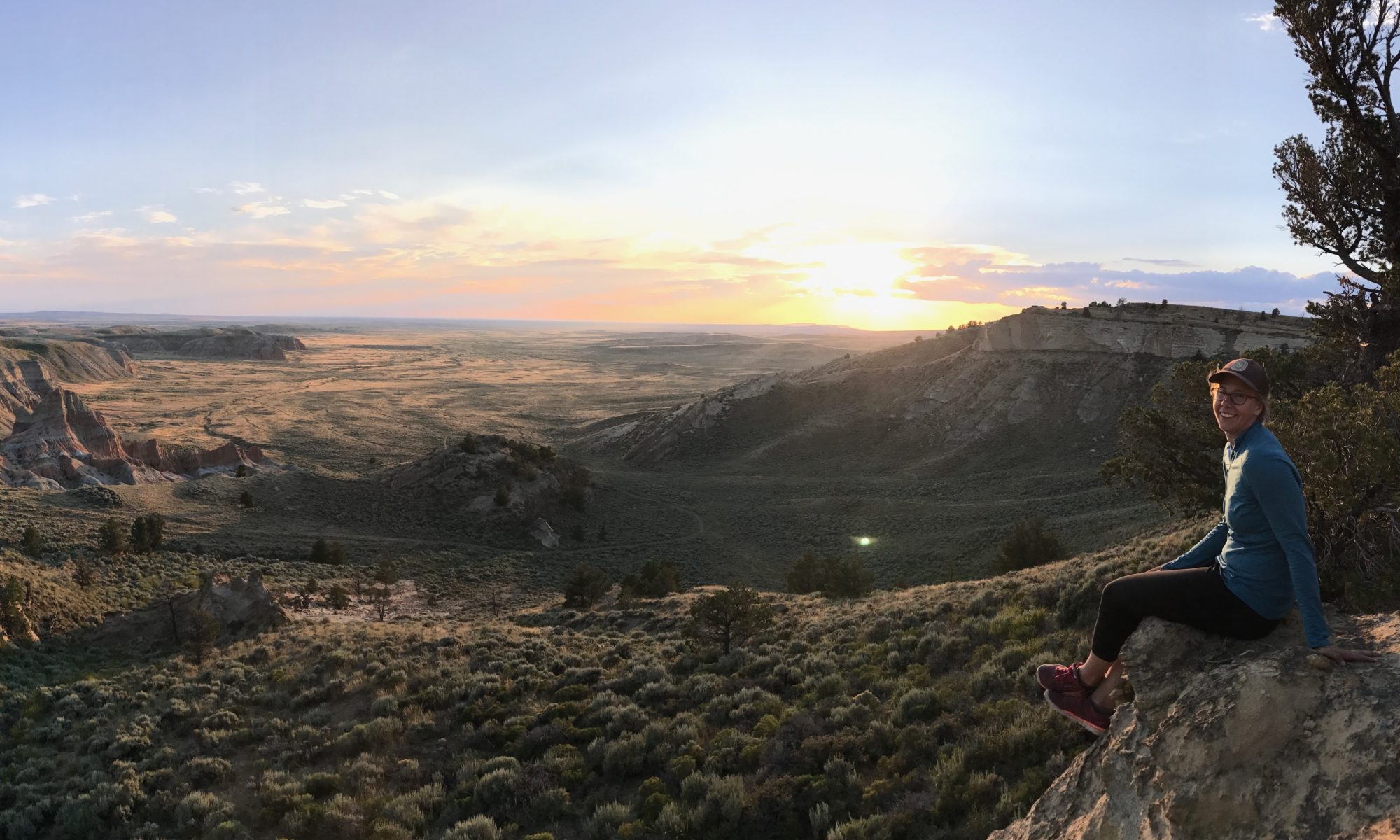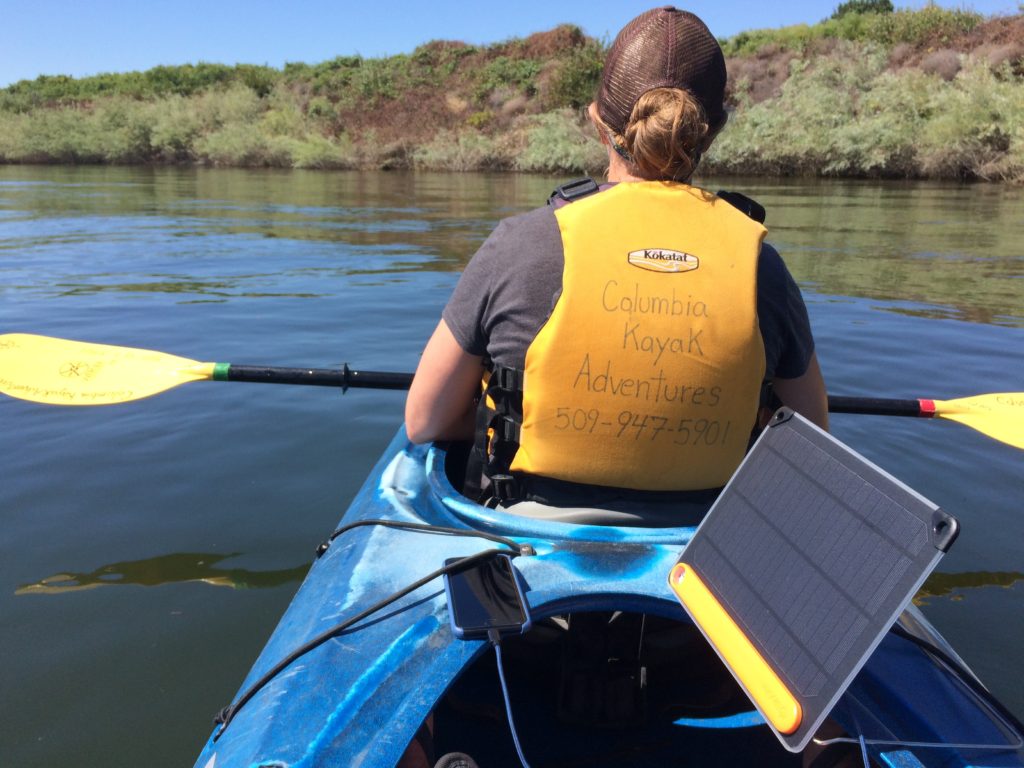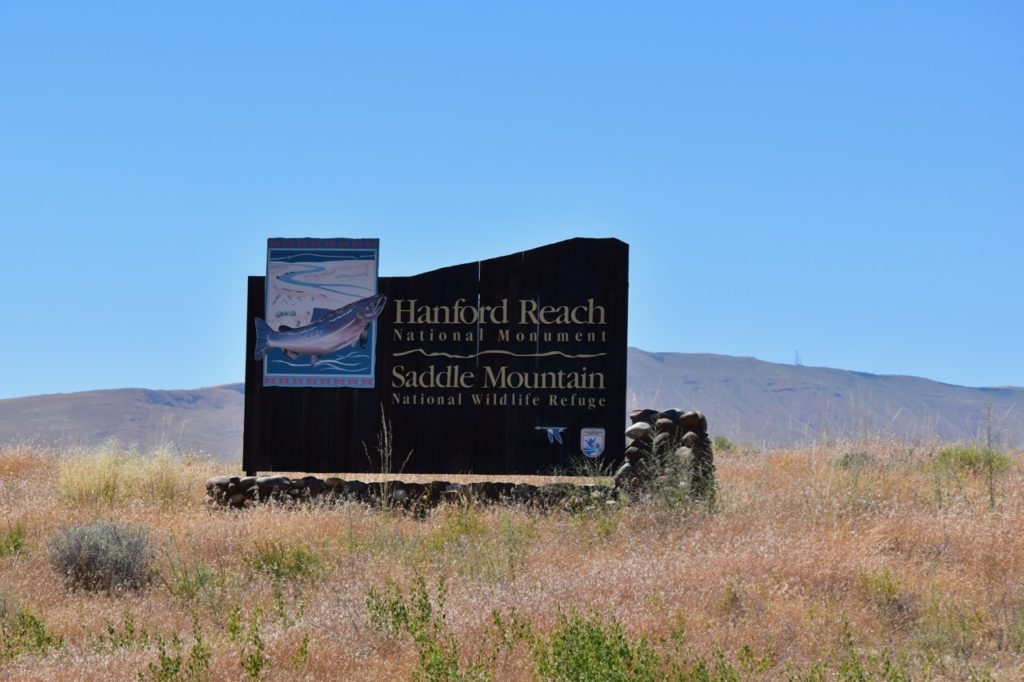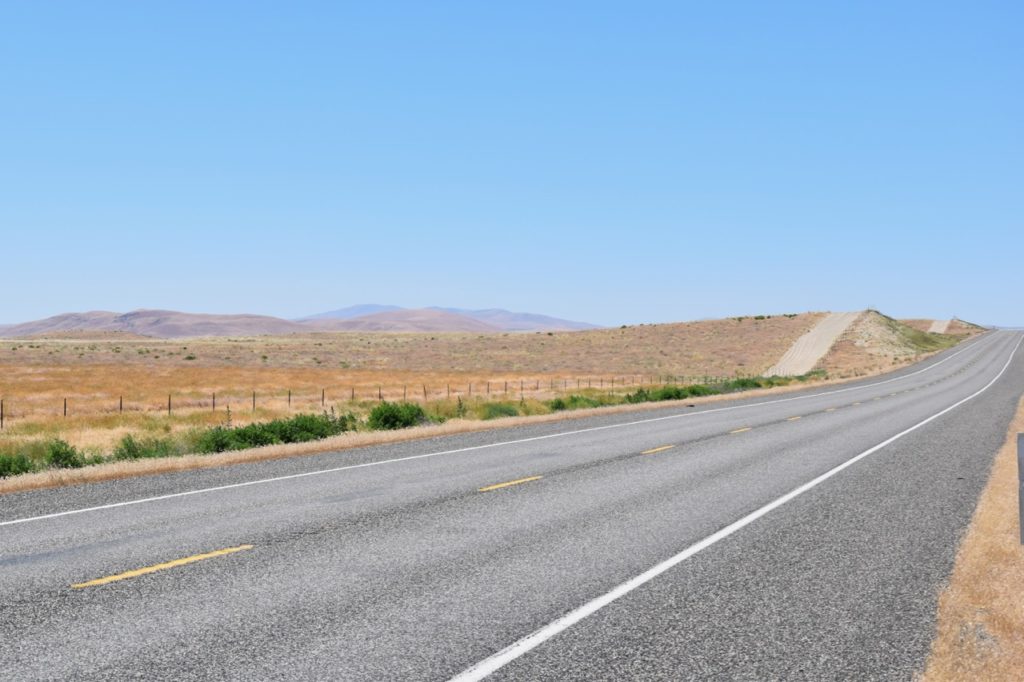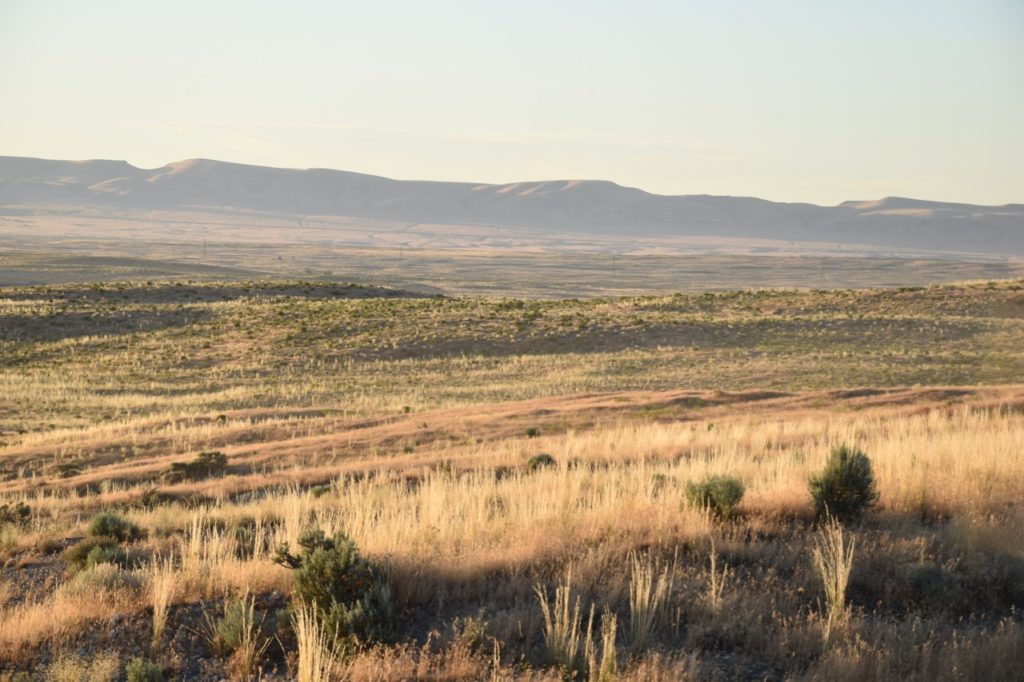
On a near 100 degree day we pulled into Richland, WA, heading to Hanford Reach National Monument, our first Monument of the trip! Designated in 2000 by President Clinton, Hanford Reach is 195,000 acres along the Columbia River in eastern Washington.
Our first stop was Columbia Kayak Adventures to chat about floating the Monument. They do tours which fill quickly and sound amazing. The next Hanford Reach tour wasn’t until July, so we rented a tandem and they shuttled us to just below the Monument’s boundary. We spent two hours drifting back to Richland. Leaving the cool Columbia River water was rough, but we jumped in the car and drove to the Monument’s western end.
Before today, I equated Hanford Reach solely with its terrifying history of housing the Manhattan Project which developed the world’s first weapons-grade plutonium for the nuclear bomb dropped on Nagasaki, Japan, in World War II.
The ecological benefit of the area’s nuclear history is that access to the area surrounding the reactors was severely limited and the lands comprising the Monument remained undeveloped. As a result, the area provides excellent intact habitat for plants and wildlife. In fact, in the 1990s, the Nature Conservancy identified dozens of plants and insects that were previously unknown. That history of limited access continues today in that Hanford Reach is one of few national monuments managed by US Fish & Wildlife as a wildlife refuge and thus managed for wildlife and habitat, not access and recreation.
The 18-mile stretch of the Columbia River within the Monument is some of the only free-flowing water of the river and has some the last remaining fall Chinook spawning grounds. Floating the river would be the best way to see the Monument. Columbia Riverkeeper, a great group with the mission to protect and steward the great river offers a kayak tour of the Monument and is the best source for Columbia River conservation and advocacy.
With just a taste of Hanford Reach, it was clearly a special place that houses secrets both of our past and of the plants and wildlife that call it home today.

